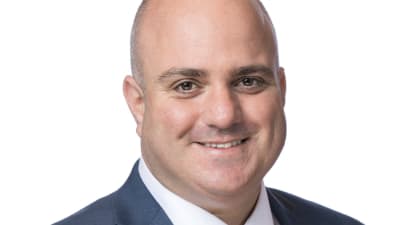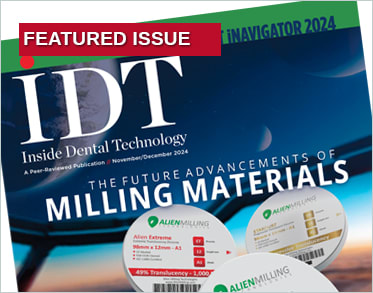
False
Advertisement
Continuing Education
Latest Courses

The Ovate Pontic
J. William Robbins, DDS, MA
CE Credits: 1
Cost: $8.00

Predictable and Efficient Delivery of Modern Ceramics
Clinton D. Stevens, DDS
CE Credits: 1
Cost: $8.00

Prosthetic Design to Reduce the Risk of Peri-Implantitis
Burney M. Croll, DDS
CE Credits: 1
Cost: $8.00
Latest Webinars

Who’s Really in Charge? The Digital Collaboration Between Laboratories and Doctors
Frankie Acosta; Daniel Vasquez, DDS
CE Credits: 1
Cost: $0.00

Considerations and Methods for Fabricating an All On 4 with Lingualized Occlusion
Josef Kolbeck, CDT
CE Credits: 1
Cost: $0.00

Crossing the Analog Threshold to Digital: Creating Predictable Outcomes and Reducing Chair Time with 3D Printing
Dane Barlow, DTG and Parihan Tamkin, DDS
CE Credits: 1
Cost: $0.00
Featured Videos
Latest News
False
Advertisement










